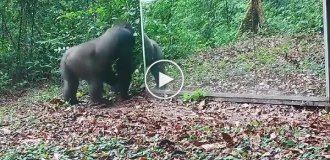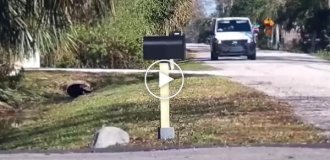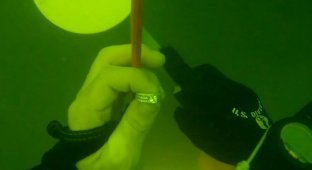A giant skull of a fossil “sea monster” was found in the UK (2 photos + 1 video)
A complete pliosaur skull was found in Jurassic rocks on the UK coast. 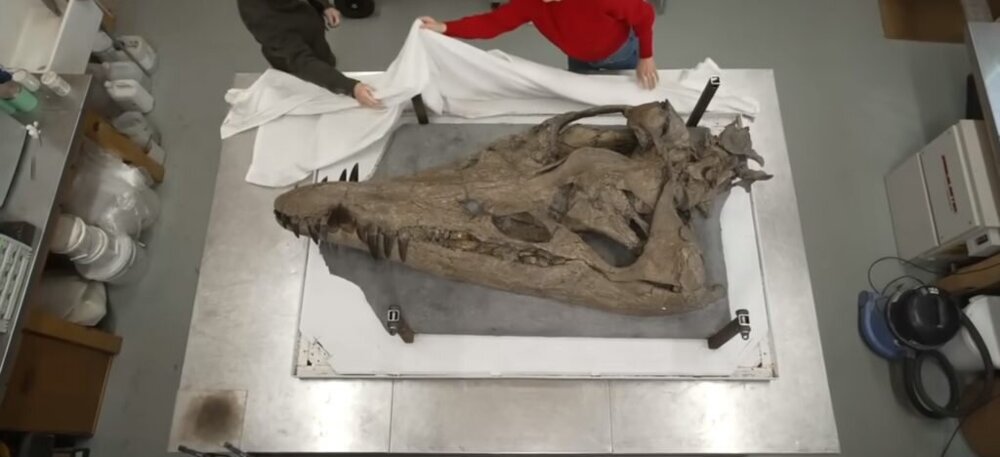
The skull of a giant “sea monster” was recovered from Jurassic rocks in Dorset in southwest England. The fossil belongs to a pliosaur, a ferocious marine reptile that dominated the oceans some 150 million years ago. The two-metre skull is one of the most complete remains of this ancient predator ever discovered.
This is one of the best fossils I've ever worked on. Its uniqueness is that it is whole. The lower jaw and the upper part of the skull are connected together, as in life. It is unlikely that specimens with this level of detail have ever been found anywhere in the world.
Steve Etches, paleontologist and founder of the private museum Etches Collection
The amazing discovery began with a chance discovery while researcher Phil Jacobs was walking along the beach. The scientist came across the tip of the snout of an ancient reptile lying in the pebbles. Even the broken fragment was too large for one person: Jacobs called Steve Etches, and together the paleontologists carried the sample on a stretcher to the laboratory. 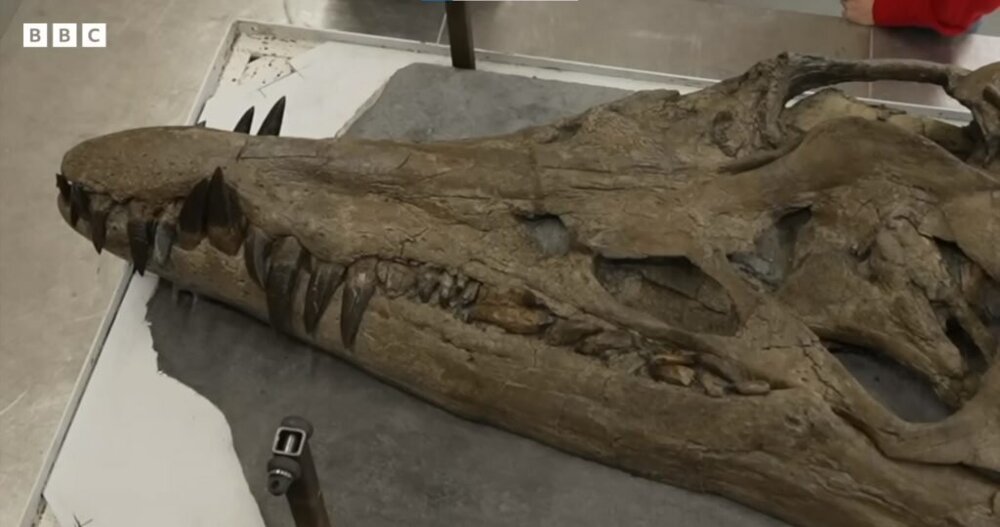
Using drones to survey the surrounding rock, scientists have determined the likely location of the remaining portion of the ancient reptile's skull. To extract the fossil, researchers spent several months working 15 meters above the beach, hanging from a cliff and gradually clearing away the reptile's remains.
The preserved specimen will help us learn more about the reptiles that dominated the oceans during the Jurassic period. The length of the skull is 2 m, and researchers estimate the total length of the reptile at 10-12 m. The jaw is “decorated” with 130 razor-sharp teeth, which hints at the pliosaur’s ability to kill with one bite. The size of the muscles that control the jaws suggests a bite force of 33 kN. This is twice as much as modern saltwater crocodiles.
The preserved skull also contains evidence of acute and developed sensory organs in the pliosaur. The fossil's snout is dotted with small pits that scientists believe housed glands that help detect changes in water pressure that indicate prey. And on his head there is a hole in which the parietal eye was located. Lizards, frogs and some modern fish have similar formations.
The researchers note that some signs indicate that parts of the fossil, including most of the body, may have been preserved in the rock. Paleontologists will continue to examine the skull and look for other parts of the ancient reptile. According to the researchers’ plans, the skull itself will be exhibited at the Etches Collection museum next year.


